The net direct tax collections for the fiscal year 2023-24 reached ₹19.58 trillion, marking a 17.7% increase from the previous fiscal year 2022-23.
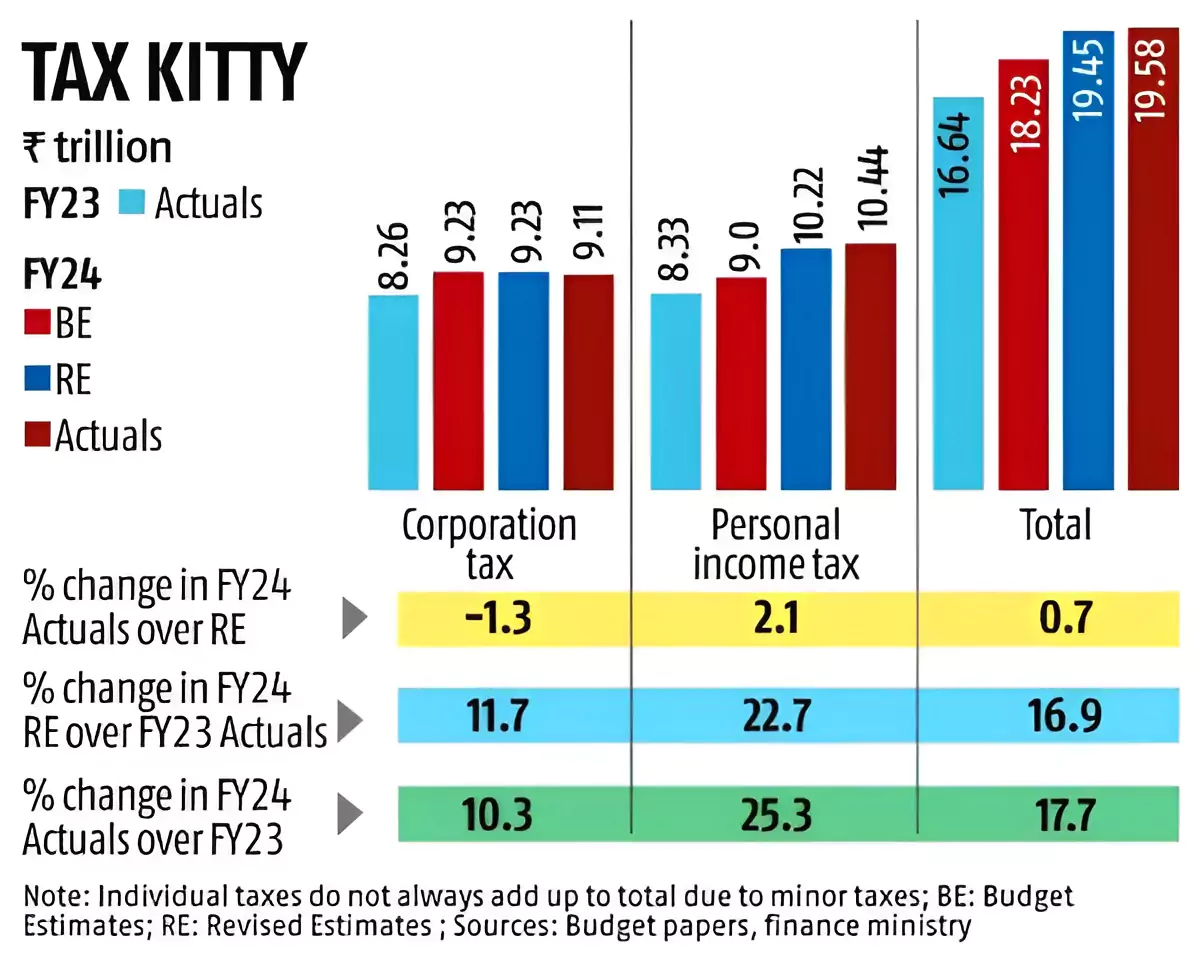
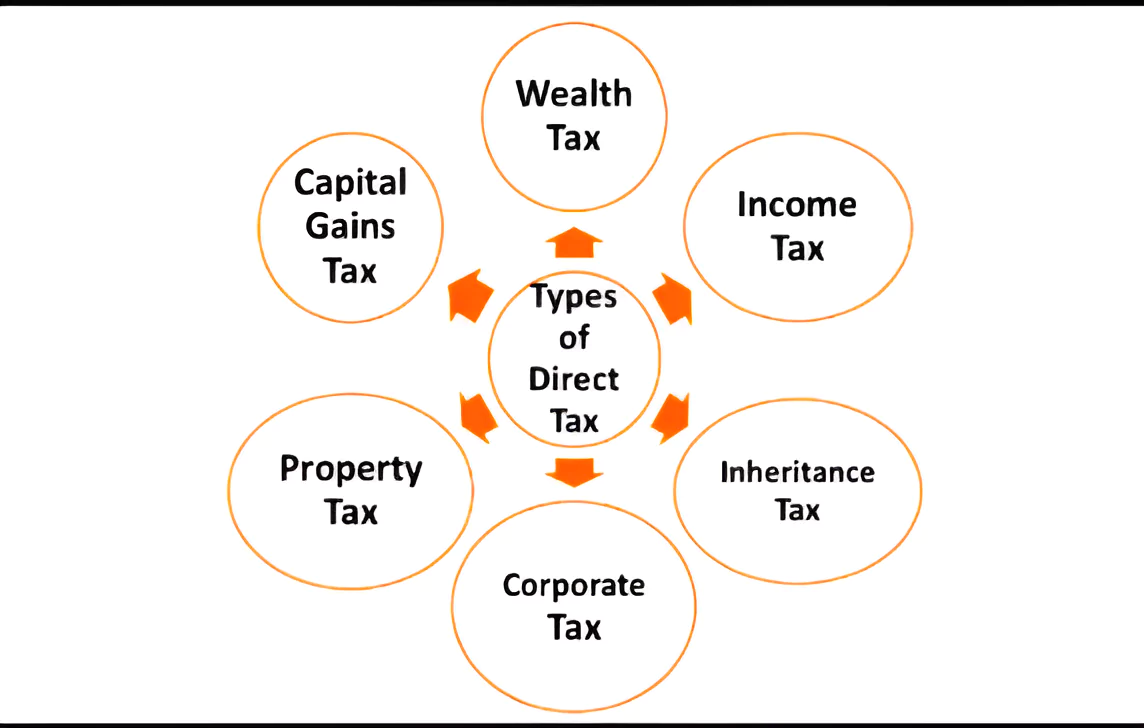
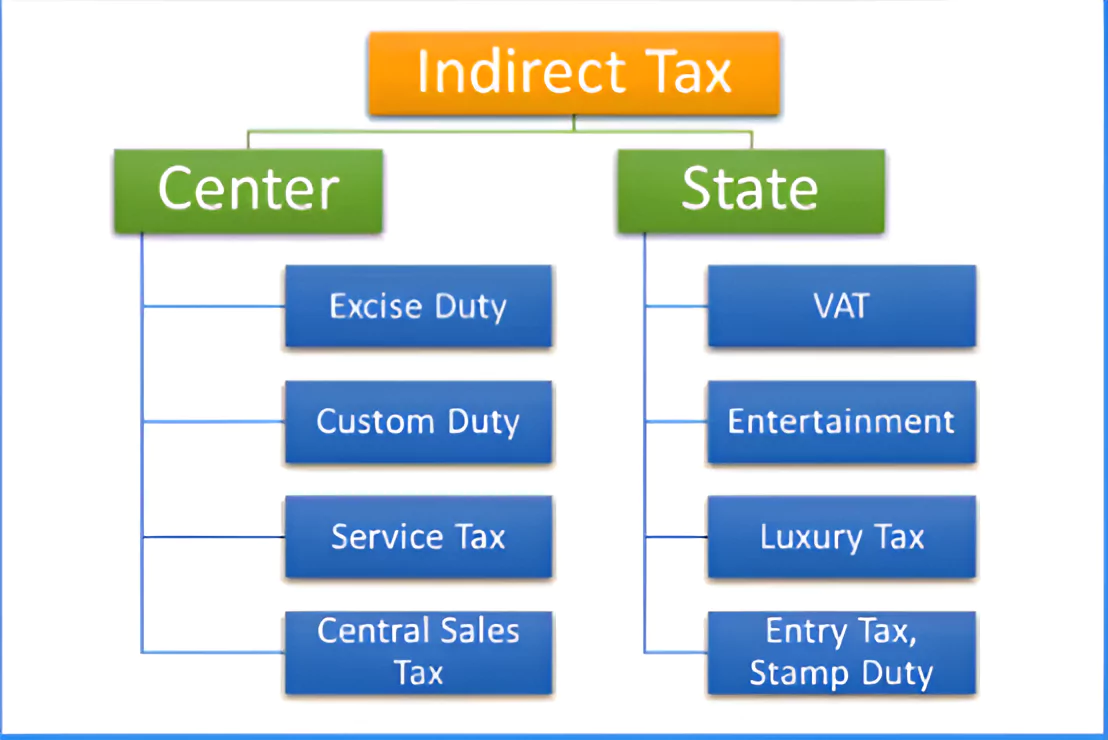 Vivad se Vishwas Act, 2020: It provides a window for settling pending direct tax disputes, offering reduced penalties and fees for timely resolution.
Vivad se Vishwas Act, 2020: It provides a window for settling pending direct tax disputes, offering reduced penalties and fees for timely resolution. It is the tax levied on the consumption of goods and services. It is not directly levied on the income of a person.
| Must Read | |
| NCERT Notes For UPSC | UPSC Daily Current Affairs |
| UPSC Blogs | UPSC Daily Editorials |
| Daily Current Affairs Quiz | Daily Main Answer Writing |
| UPSC Mains Previous Year Papers | UPSC Test Series 2024 |
A team of Chinese engineers and scientists have developed the world’s first satellite that lets smartphones place a call directly through it, instead of mobile towers.

| Must Read | |
| NCERT Notes For UPSC | UPSC Daily Current Affairs |
| UPSC Blogs | UPSC Daily Editorials |
| Daily Current Affairs Quiz | Daily Main Answer Writing |
| UPSC Mains Previous Year Papers | UPSC Test Series 2024 |
NASA’s Perseverance Rover, named Percy, in 2023 created the first “sample depot on Mars” by deploying ten rock sample tubes.


| Must Read | |
| NCERT Notes For UPSC | UPSC Daily Current Affairs |
| UPSC Blogs | UPSC Daily Editorials |
| Daily Current Affairs Quiz | Daily Main Answer Writing |
| UPSC Mains Previous Year Papers | UPSC Test Series 2024 |
Recently, Meta introduced its most capable Large Language Model (LLM) “Llama 3”.
| Must Read | |
| NCERT Notes For UPSC | UPSC Daily Current Affairs |
| UPSC Blogs | UPSC Daily Editorials |
| Daily Current Affairs Quiz | Daily Main Answer Writing |
| UPSC Mains Previous Year Papers | UPSC Test Series 2024 |
The Andhra Pradesh High Court (HC) ruled that textbooks dealing with mathematical equations and science subjects do not come under copyright law, as their content is non-literary.
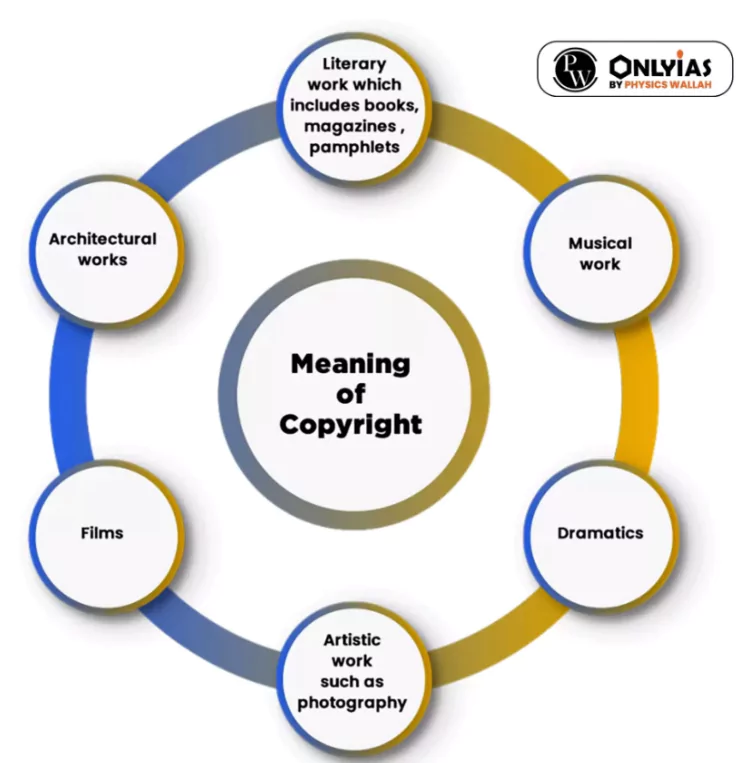
Copyright refers to the right given by the law to creators of literary, dramatic, musical, and artistic works and producers of cinematograph films and sound recordings.
Are Religious Texts Protected under Copyright law in India?
|
|---|
| National Council of Educational Research and Training (NCERT): It is an autonomous organization set up in 1961 by the Government of India to assist and advise the Central and State Governments on policies and programmes for qualitative improvement in school education. |
|---|
| Must Read | |
| NCERT Notes For UPSC | UPSC Daily Current Affairs |
| UPSC Blogs | UPSC Daily Editorials |
| Daily Current Affairs Quiz | Daily Main Answer Writing |
| UPSC Mains Previous Year Papers | UPSC Test Series 2024 |
World Earth Day is celebrated annually on April 22nd to support environmental conservation efforts.

EARTHDAY.ORG:
|
|---|
Indian Government initiatives aligned with World Earth Day:
|
|---|
| Must Read | |
| NCERT Notes For UPSC | UPSC Daily Current Affairs |
| UPSC Blogs | UPSC Daily Editorials |
| Daily Current Affairs Quiz | Daily Main Answer Writing |
| UPSC Mains Previous Year Papers | UPSC Test Series 2024 |
The Indian Navy conducted Exercise Poorvi Lehar on the East Coast under the Operational Control of the Flag Officer Commanding-in-Chief, Eastern Naval Command.

| Must Read | |
| NCERT Notes For UPSC | UPSC Daily Current Affairs |
| UPSC Blogs | UPSC Daily Editorials |
| Daily Current Affairs Quiz | Daily Main Answer Writing |
| UPSC Mains Previous Year Papers | UPSC Test Series 2024 |
| Relevance For Prelims: INDIAN SOCIETY, Fundamental Rights (Article 12-35) , Begging Problem In India, Article 15, The Transgender Persons Protection of Rights Act, and Article 23.
Relevance For Mains: Decriminalizing Beggary, Issues with Transgenders in India. |
|---|
About Transgender
|
|---|
Types of Begging:
Status of Beggars in India:
|
|---|
Constitutional Provisions of Begging in India
|
|---|
Impacts of Criminalization of Transgender Begging
|
|---|
Progress of Rights of Transgender People
|
|---|
The state must ensure the progressive realization of social and economic rights, through supportive measures rather than punitive measures to address the root causes of begging and marginalization.
| Prelims PYQ (2020):
In India, Legal Services Authorities provide free legal services to which of the following type of citizens? 1. Person with an annual income of less than Rs. 1,00,000 2. Transgender with an annual income of less than Rs. 2,00,000 3. Member of Other Backward Classes (OBC) with an annual income of less than Rs. 3,00,000 4. All Senior Citizens Select the correct answer using the code given below: (a) 1 and 2 only (b) 3 and 4 only (c) 2 and 3 only (d) 1 and 4 only Ans: (a) |
|---|
| Mains Question: Critically analyse the constitutional validity and social implications of banning transgender persons from begging in public spaces. (10 M, 150 Words) |
|---|
| Must Read | |
| NCERT Notes For UPSC | UPSC Daily Current Affairs |
| UPSC Blogs | UPSC Daily Editorials |
| Daily Current Affairs Quiz | Daily Main Answer Writing |
| UPSC Mains Previous Year Papers | UPSC Test Series 2024 |
Recently, the Vice-President of India greeted the people on the occasion of ‘Mahavir Jayanti’ (April 21st, 2024).
| Relevance For Prelims: UPSC Notes For Ancient History Of India, Indian Society, Jainism And Buddhism: Difference And Similarities.
Relevance For Mains: Jainism and Contemporary Relevance of Lord Mahavir’s Teachings |
|---|
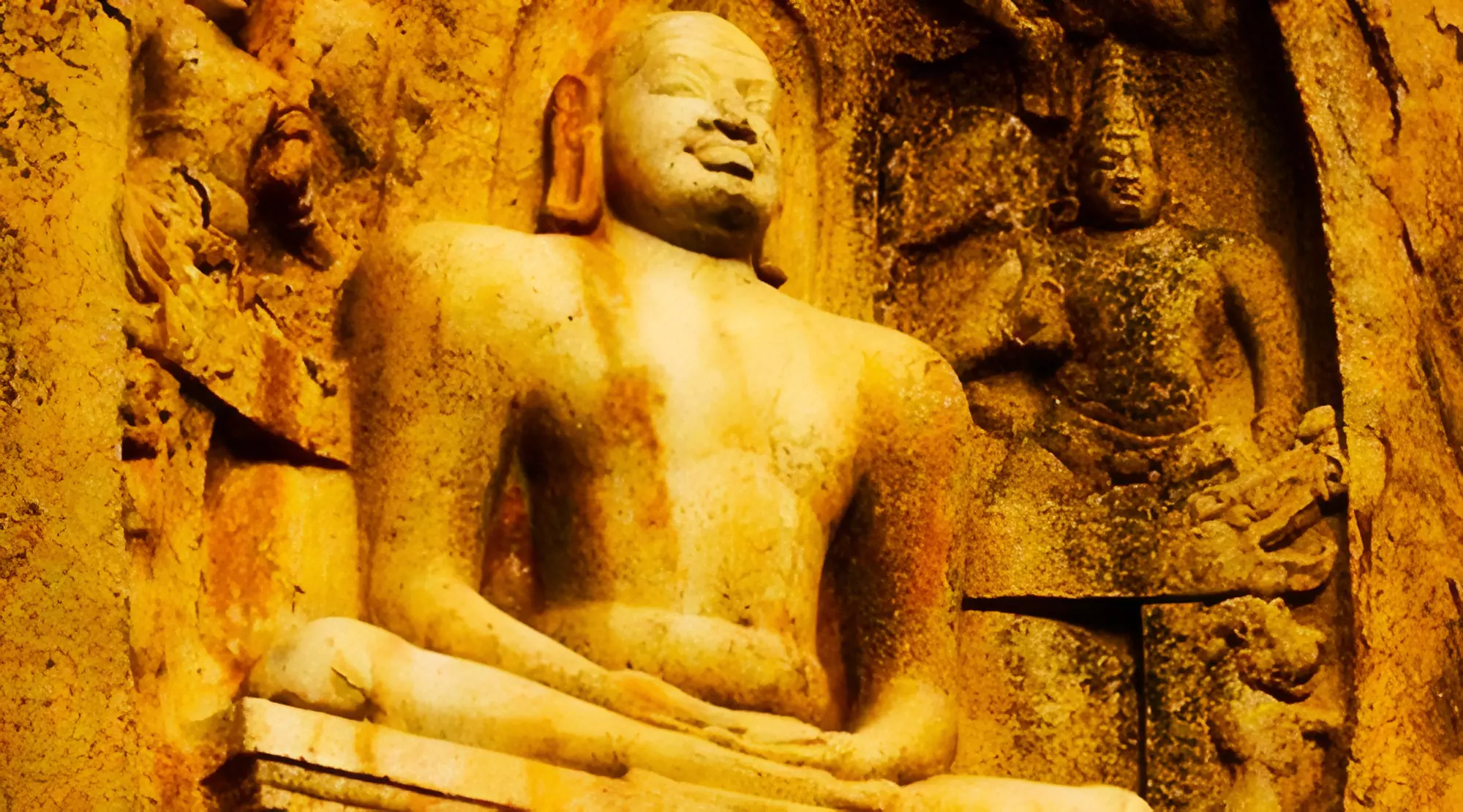
Important Terms Related to Jainism:
|
|---|
Historical Jain Councils:
Difference of Jainism from Buddhism:
|
|---|
Classification of Jain Literature:
|
|---|
Significant Architectural Figures of Jainism:
|
|---|
Jainism holds an important position and has been rightly called an ethical religion, which is applicable and relevant today as it was thousand of years ago. The Jain ethos comprehends all aspects of human life and leads to social development, individual happiness, economic advancement and political harmony.
| Prelims PYQ (2023):
“Souls are not only the property of animal and plant life, but also of rocks, running water and many other natural objects not looked on as living by other religious sects.” The above statement reflects one of the core beliefs of which one of the following religious sects of ancient India? (a) Buddhism (b) Jainism (c) Shaivism (d) Vaishnavism Ans: (b) |
|---|
| Must Read | |
| NCERT Notes For UPSC | UPSC Daily Current Affairs |
| UPSC Blogs | UPSC Daily Editorials |
| Daily Current Affairs Quiz | Daily Main Answer Writing |
| UPSC Mains Previous Year Papers | UPSC Test Series 2024 |
<div class="new-fform">
</div>
